When it comes to vocal timbre, style, and presentation, it doesn’t get much starkly opposite than Robert Plant and Alison Krauss. Yet, in a rare turn of musical alchemy, the pair joined forces for a collaboration that would lead to their first studio album together, Raising Sand, and five Grammy Awards for each artist to tuck under their belt, including Album of the Year, Best Contemporary Folk/Americana Album, Record of the Year, Best Pop Collaboration for, and Best Country Collaboration with Vocals. Suddenly, “opposites attract” had a whole new meaning.
Videos by American Songwriter
A series of fortunate events is to thank for the crossing paths of the former Led Zeppelin frontman and crystalline soprano bluegrass icon. First, Plant had to hear Krauss on the radio on a fateful, late-night drive home from a pub.
Then, the pair had to meet in person at a Lead Belly tribute in 2004. Finally, they had to decide whether pushing through the “painful” experimentation of a few days in the studio was worth the trouble. Luckily, they decided it was.
The “Painful” Experimentation Of Robert Plant and Alison Krauss’ Collab
Rock ‘n’ roll and bluegrass are two opposite sides of the same, lightning-fast, thrilling coin. Both genres prioritize instrumental speed and agility, particularly in the stringed instruments. But whereas rock ‘n’ roll thrives on the unpredictable and unruly, bluegrass prefers a far more regimented approach. In bluegrass, vocals follow the melody in their respective harmony parts with airtight precision, creating the illusion of one voice. In rock, particularly the kind Led Zeppelin popularized in the 1960s and ‘70s, vocalists can and often did throw caution to the wind.
If the stark contrast of their musical upbringings wasn’t enough to create a challenge for Robert Plant and Alison Krauss, the difference in their natural timbres certainly did. Plant famously screams, moans, and bellows into the microphone. Krauss, just as famously, doesn’t. Her vocal approach is soft, tender, and calculated. No matter how much respect each artist had for the other, if they couldn’t find a way to blend their distinct voices, then the project likely wouldn’t have been able to continue. Thus, the three-day-long experiment began.
In a 2021 interview with PBS NewsHour, Plant and Krauss recalled collaborating for the first time at Nashville’s iconic Sound Emporium recording studio. The former Led Zeppelin singer admitted that their earliest attempts at singing together were “painful,” to which Krauss added, “The way you grow up singing in bluegrass, it’s very regimented and planned out. I always make a joke. You didn’t have any other life because you were just singing harmony all the time, trying to perfect that to make it sound like one voice. [Robert’s] whole life of music is always off the cuff. It was a bit like hanging off the edge of a cliff, trying to match him.”
Two Musical Worlds Colliding Ultimately Paid Off In Droves
The innate differences between Robert Plant and Alison Krauss’ musical backgrounds offered plenty of potential friction in their collaboration. But it also opened the door for incredible learning opportunities for both musicians. Krauss was able to take her cut-and-dry bluegrass upbringing and blur the edges, stretch her legs, and push against the music a little bit more than she was used to. On the contrary, Plant learned how to rein in his performances to be precise and deliberate. “I was basically tutored by Alison,” Plant said in a 2017 interview with The Guardian. “She’d hit the talkback button from the control room, lean into the microphone, and say, ‘Robert, why don’t you sing the same thing twice?’”
This push and pull served as the driving creative force behind their unlikely but highly successful partnership. “We’ve got a kind of a personality which we could pursue as two singers, a neat place that we made for ourselves,” Plant mused to the New York Times. “I just liked the idea of actually singing together throughout an entire show, more or less with somebody. Concentrating, listening, being free-form at times. Letting it rip, then being pretty controlled and organized and following instructions from her. Then, sometimes, letting go so she can’t catch me.”
Ultimately, the public reception of their collaboration would speak for itself. Their debut album, Raising Sand, was a huge win. While their follow-up, Raise the Roof, didn’t garner quite the same kind of award-winning acclaim, it still enjoyed great success, topping the Billboard Independent Albums chart, hitting No. 3 on Billboard’s Top Country Albums chart, and peaking at No. 5 on U.K. Albums.
Not bad for one of the unlikeliest musical pairings of the 21st century.
Photo by Sean Gardner/Getty Images



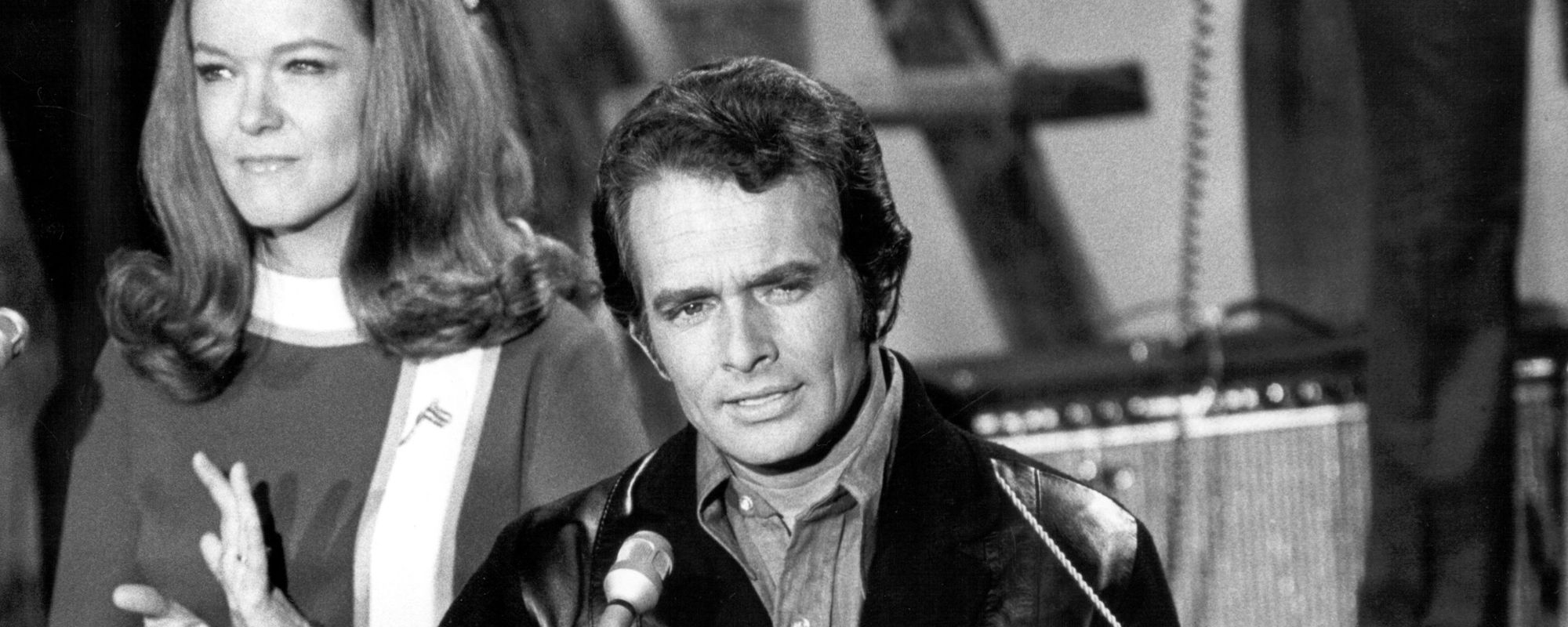
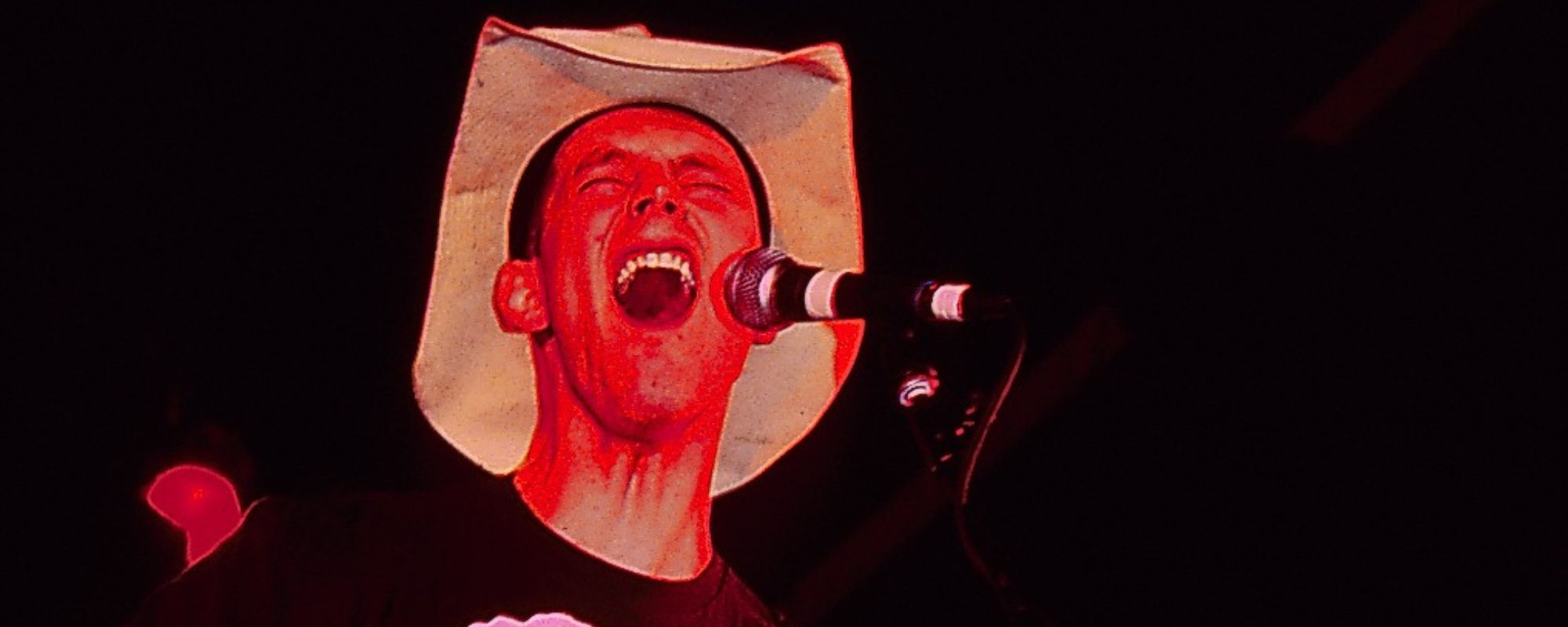


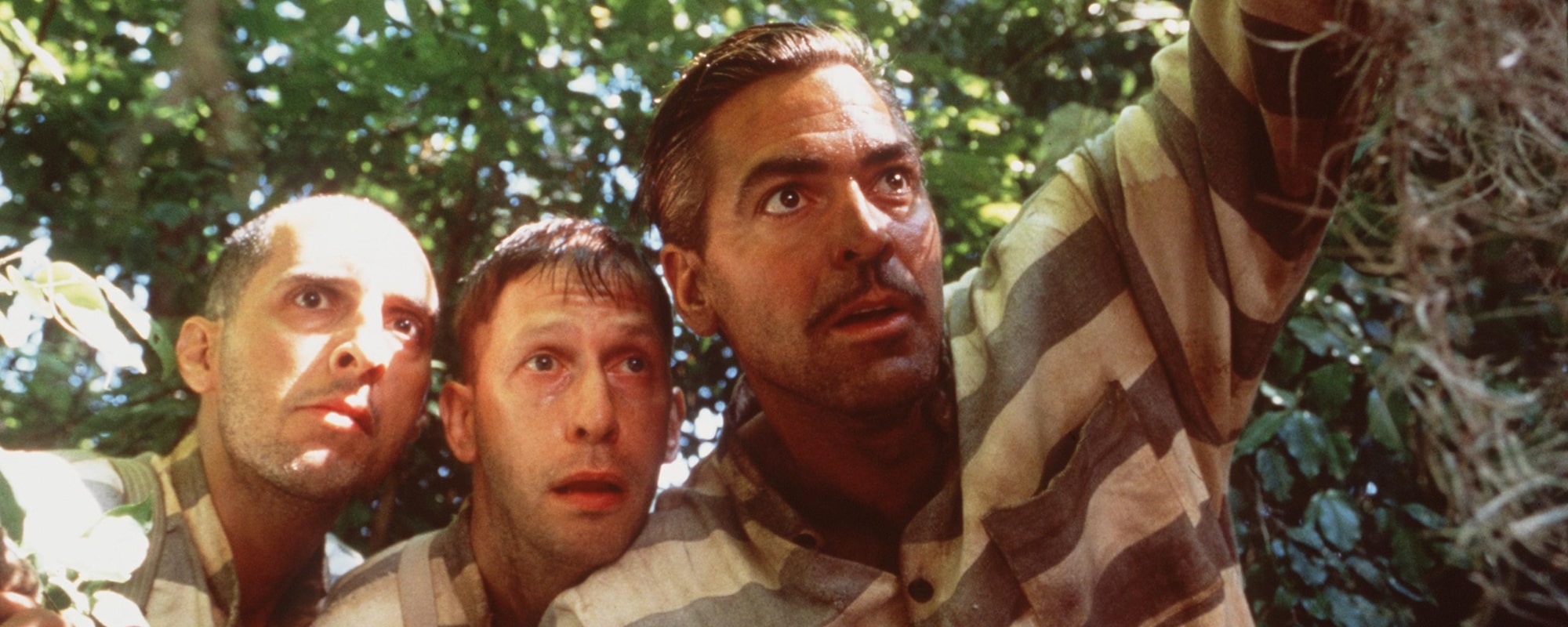
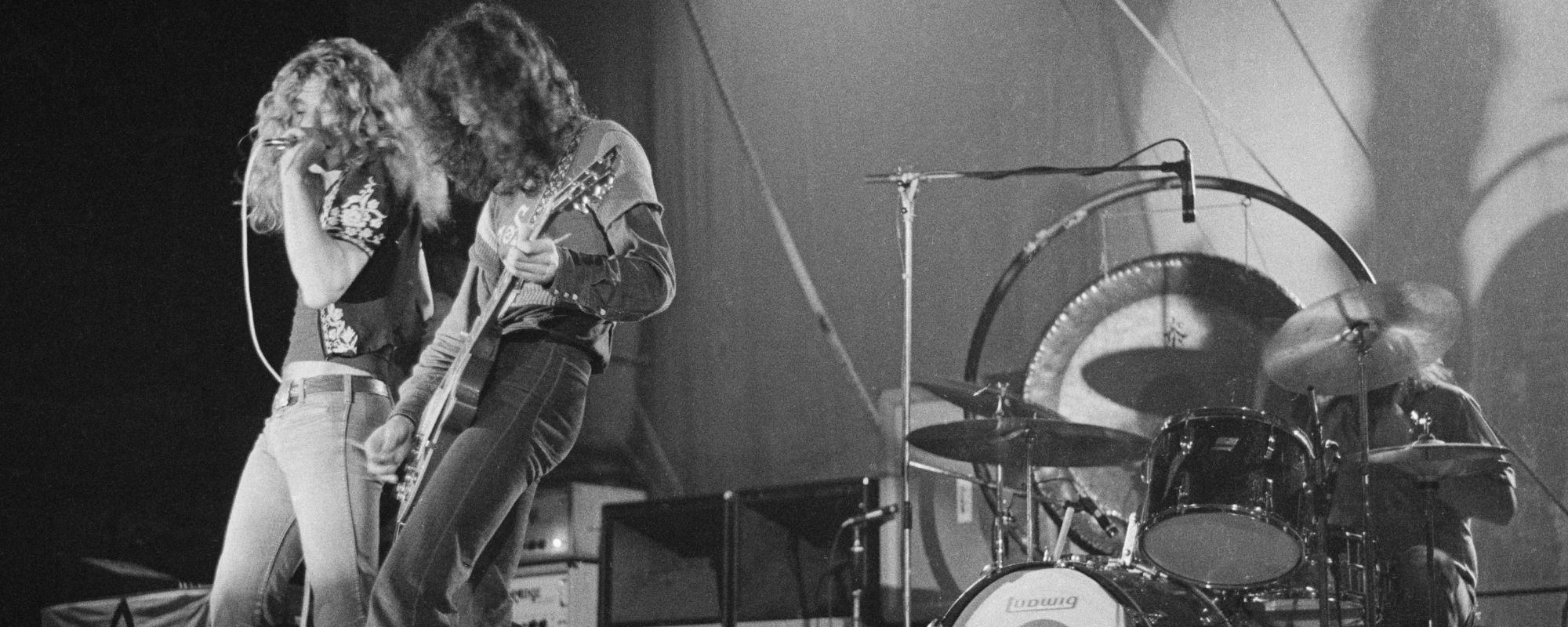


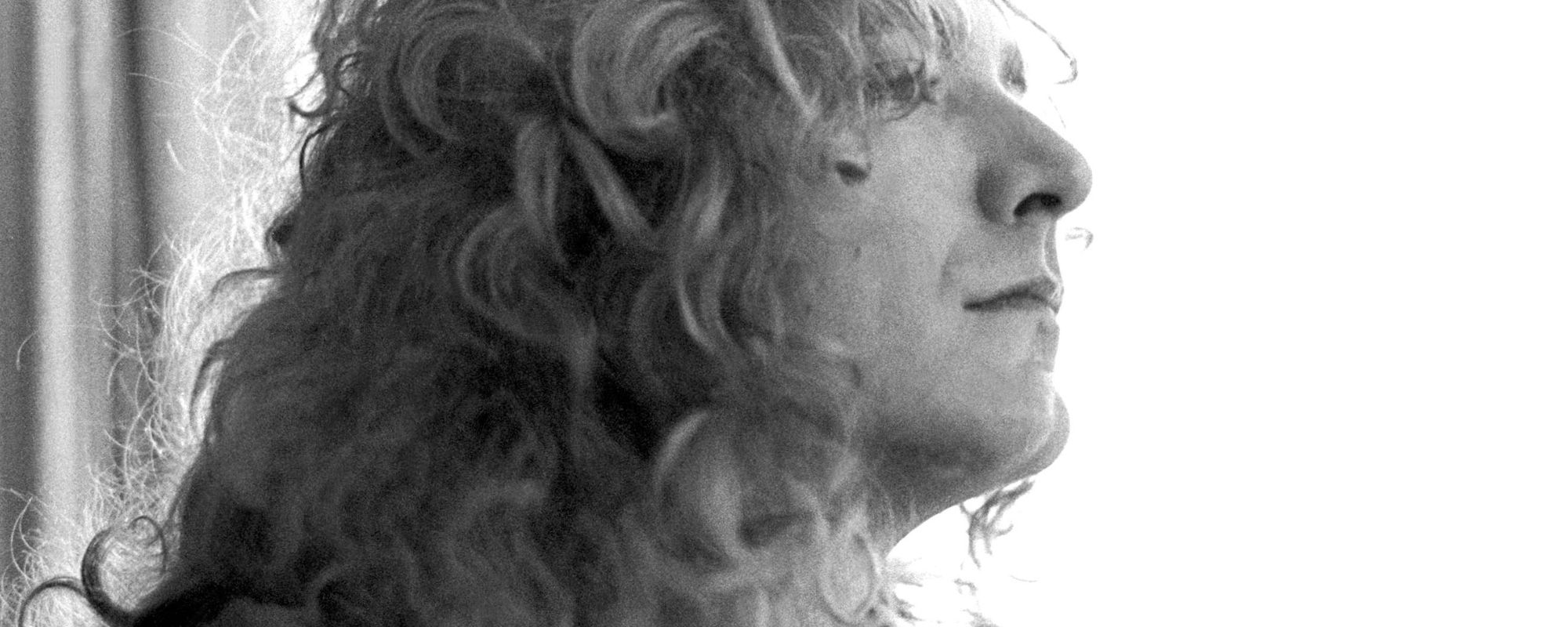
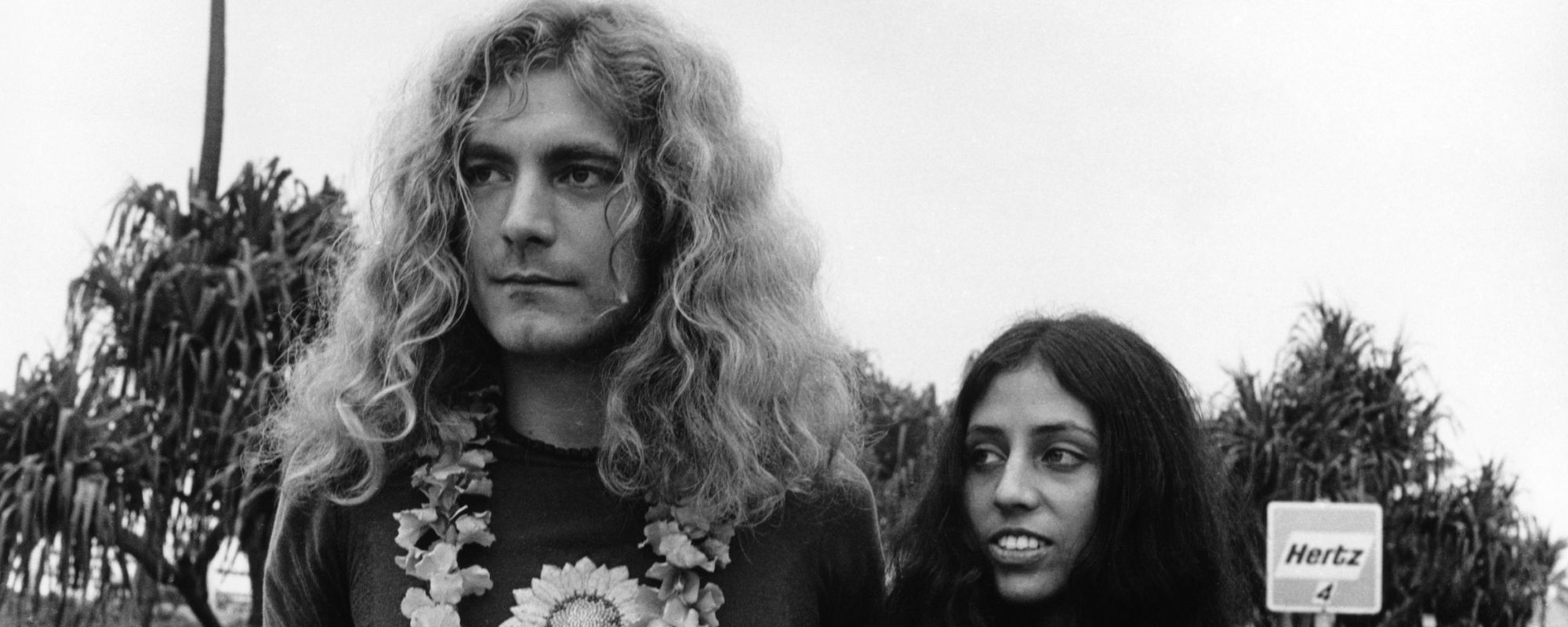
Leave a Reply
Only members can comment. Become a member. Already a member? Log in.